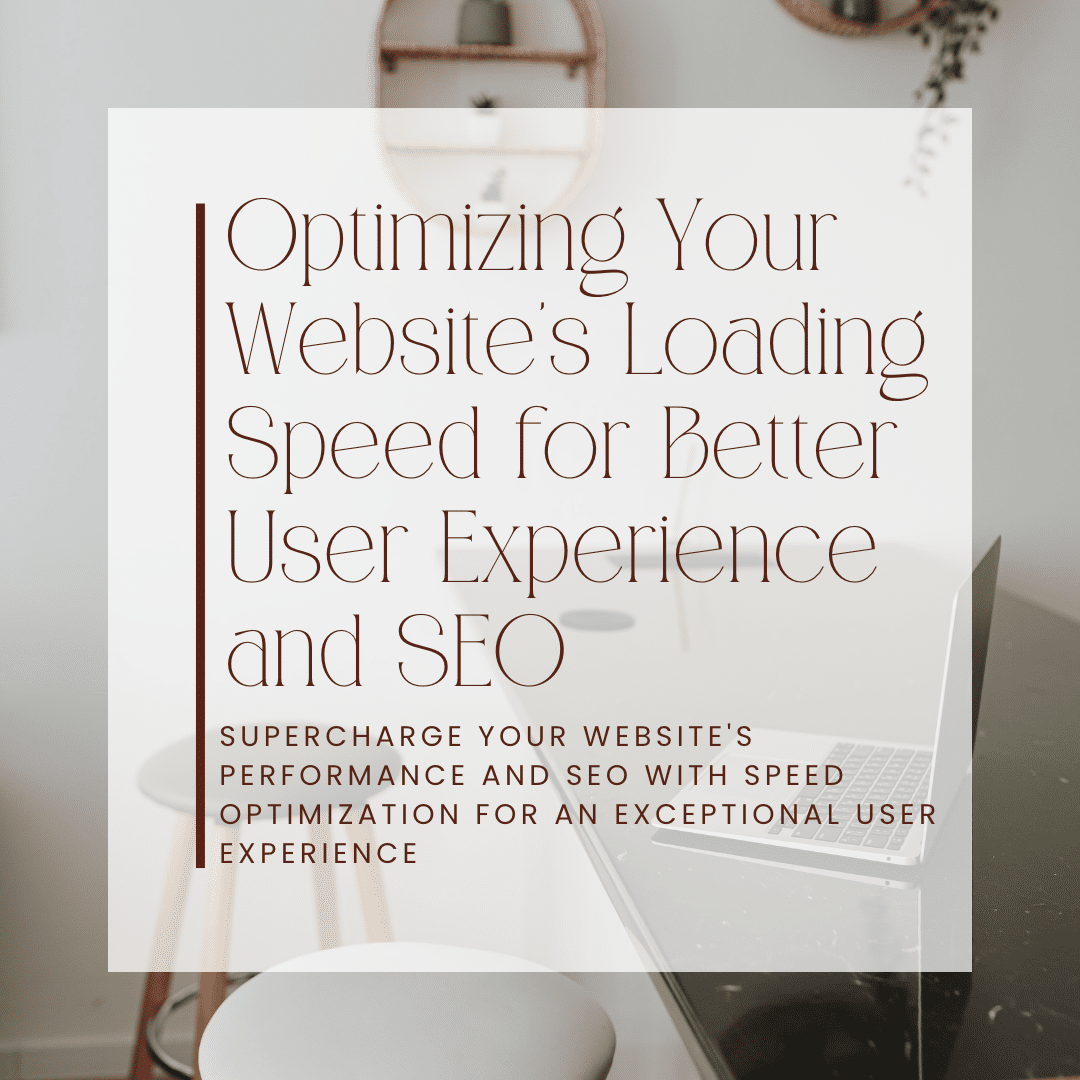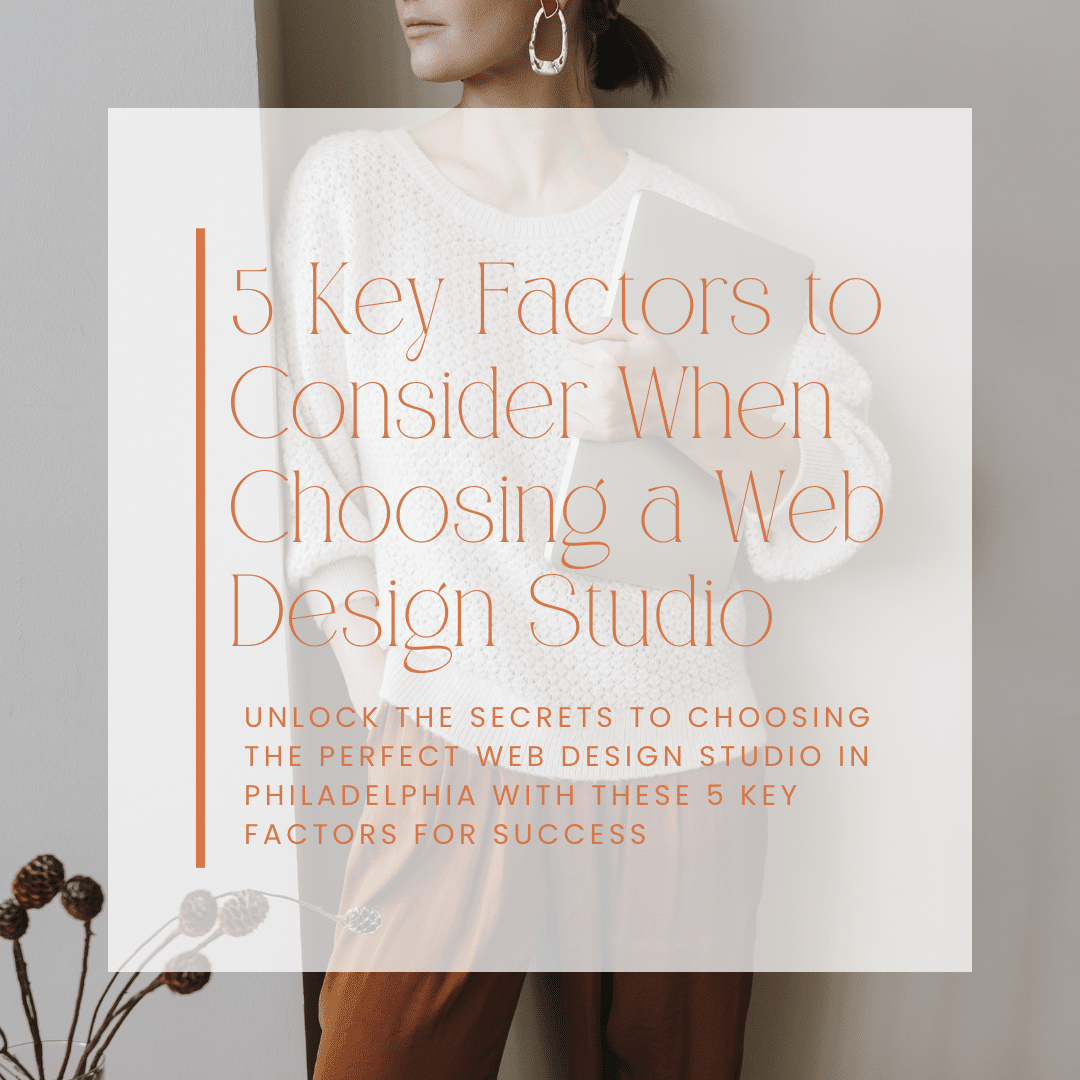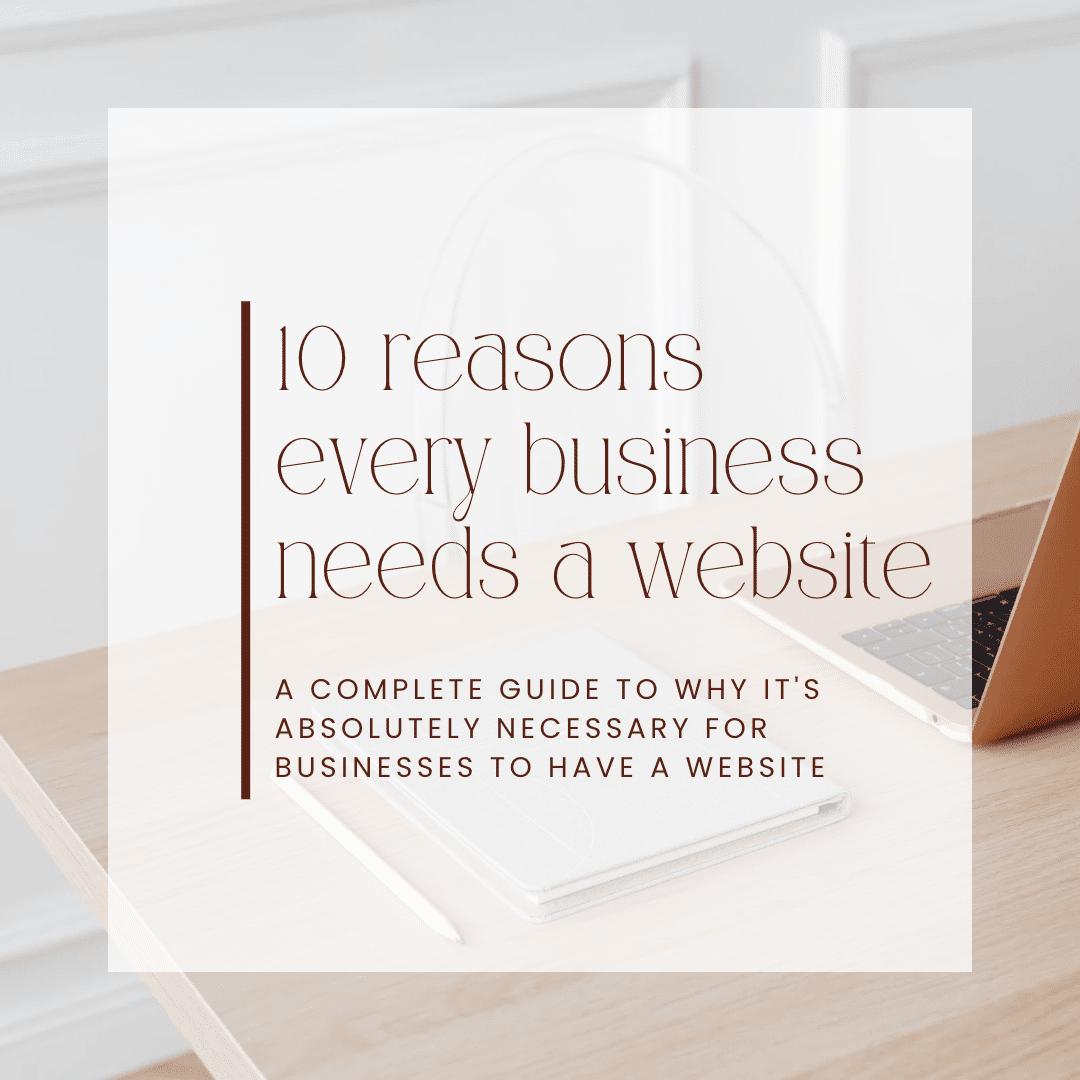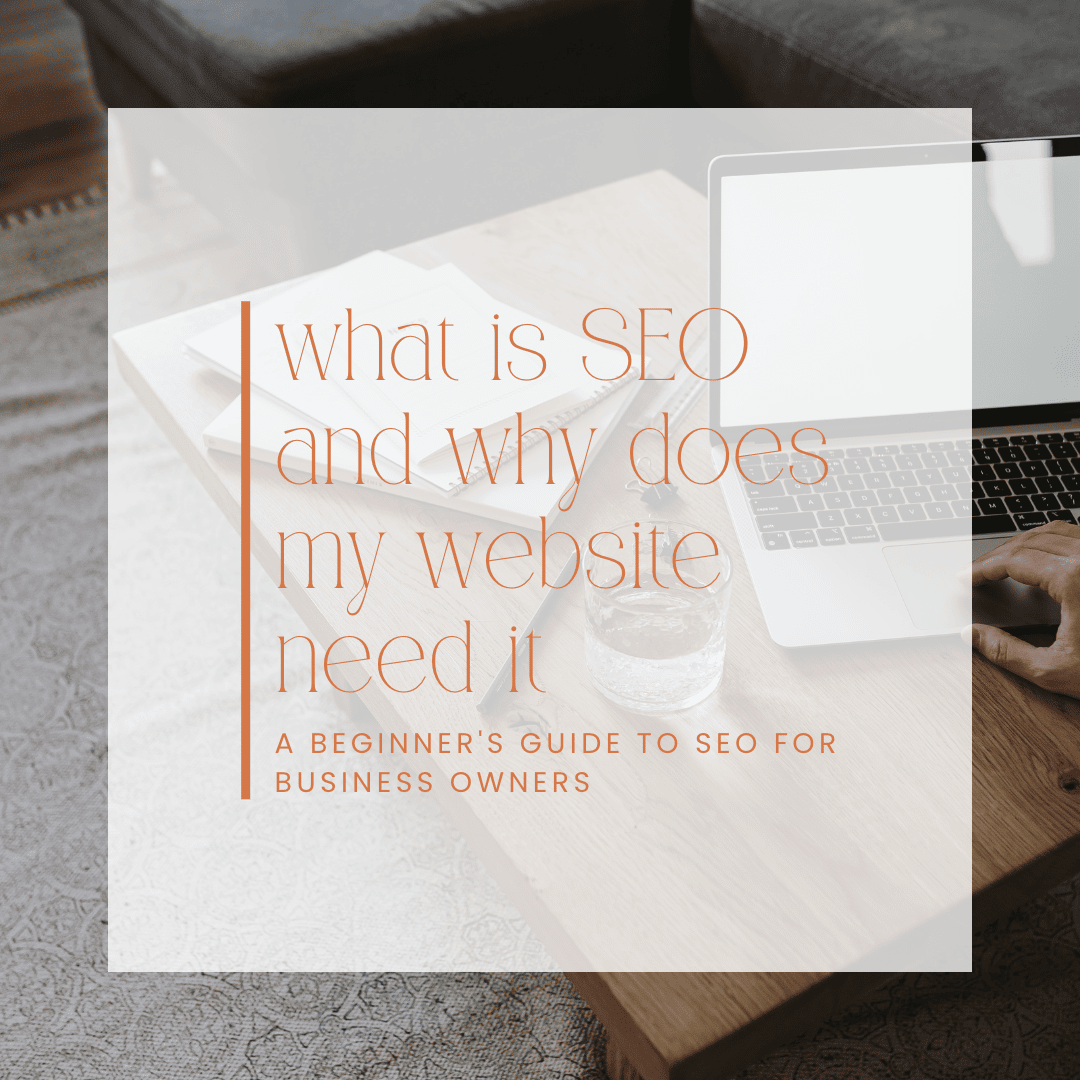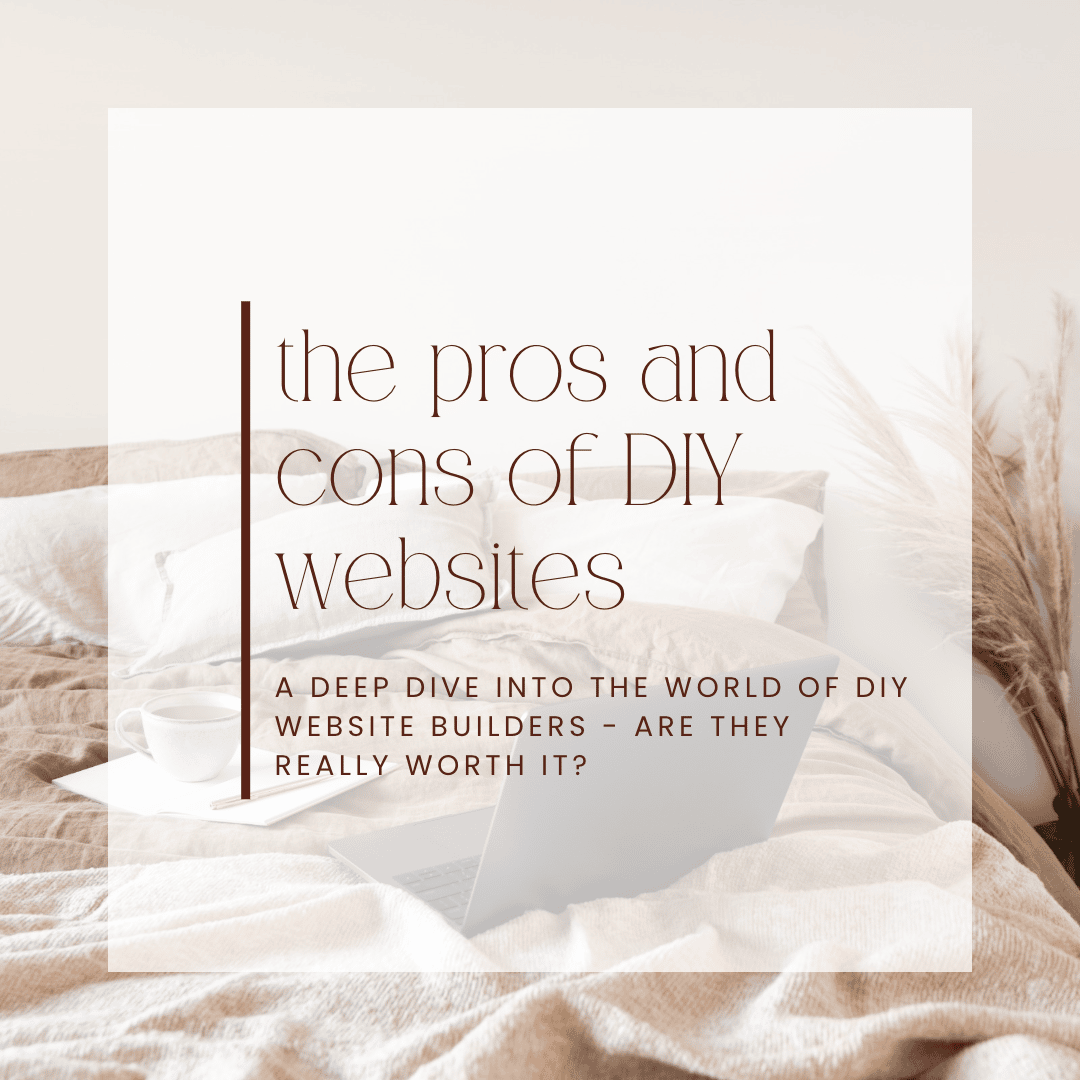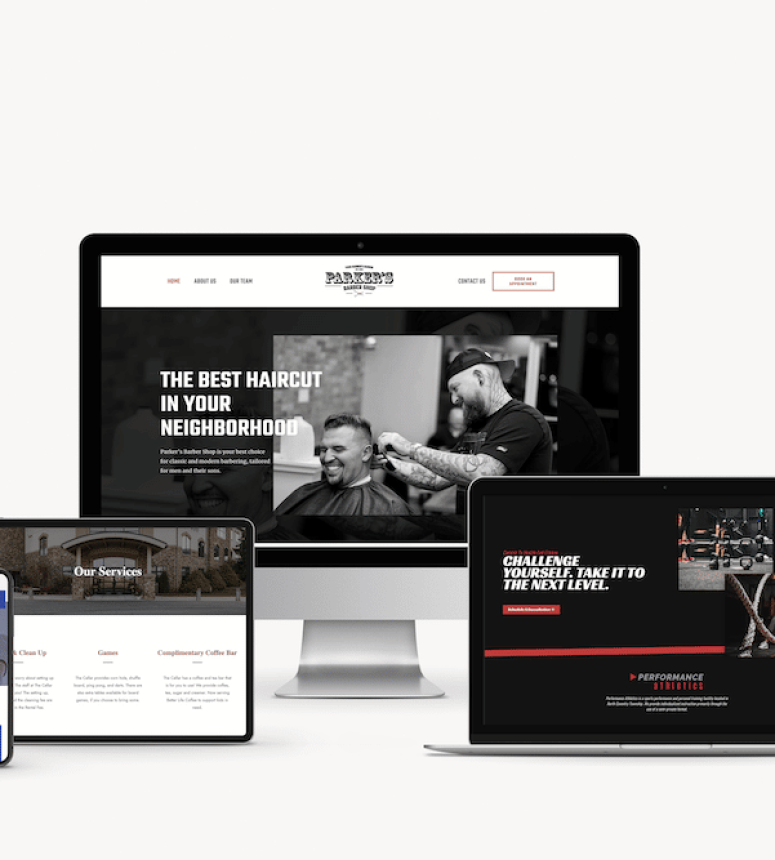
Image Source: FreeImages
Before you sign a contract with a web designer, there are some things you need to know. What you tell them will have an impact on the final result and the cost of your project. Designing a website is not just about choosing colors or picking fonts. It’s about knowing your target audience, focusing on your main objectives, and aligning your brand values. This article shares with you some essential tips from our experience that will help you prepare for your upcoming project with a web designer. Read on to find out what you should tell them before starting work on your new website.
The Audience You’re Targeting
The first thing you must know about your new website is who you’re targeting. With whom are you looking to engage? If you have a clear understanding of your audience’s demographics, psychographics, and motivations, you’ll have a much better chance of reaching them through your online presence.Your website may reach different groups, but it all depends on your marketing strategy. For instance, if you’re targeting small businesses, you could create a section where they can find useful tips on how to improve their online presence. Or if you want to target students and academics, you could create guides on how to conduct research, and how to use data for analysis.Targeting a specific group is key to creating a successful website. You have to know what makes your targeted audience tick so you can speak their language. Your website is a reflection of your brand and an opportunity to show your value proposition to your users.
Your Mission & Key Objectives
Your website has a mission — or it should. You should be able to state what you want your website to achieve. What are the key objectives you want to accomplish through your new digital presence?Your website’s mission is the “why.” It explains why you need a website in the first place. It could be to attract new customers, to educate your audience, or to increase sales. Your mission should also be short and memorable, so your audience can easily remember it.Reaching your website’s key objectives is what your website’s mission is all about. The main objectives of your website are the “what” and “why.” They’re the specific actions you want your users to take after visiting your website. For example, if you want to increase sales, an objective could be to get your users to subscribe to your mailing list. Once they’re subscribed, you can continue nurturing them with email sequences that will lead them to a sale.You can apply this same approach to any other objective you may have for your website.
Your Brand’s Voice & Visual Identity
The second thing you need to discuss with your designer is your brand’s voice and visual identity. What is your brand’s personality? How do you want to be perceived by your customers? What visual cues do you want to send through your website?What is your logo all about? What emotions does it evoke? What’s the color or combination of colors associated with your brand? Is there a font that’s appropriate for your industry? Is there a particular style guide you want to adhere to? Are there any recurring images you want to use?Your brand’s voice and visual identity will be present throughout your website. They will show up in your marketing material, in your content, and in your design. Your designer will use this information to create a unified brand experience for your website visitors.
The Technologies You Need
The technologies you want to use for your new website will shape the design process. You can either build a new website from scratch, or you can redesign an existing website. If you choose to redo an existing website, you might not have the opportunity to choose the technologies you want to use.If you’re building a new website, you have a lot of flexibility. You can choose between different programming languages like LAMP, MEAN, or WORD PRESS. You can also decide whether you want a static website or a dynamic website.Before you sign a contract with a web designer, make sure you know which technologies they use. You can also ask them if they have any recommendations.And then there’s the issue of hosting. You need to find a good host that will power your website. You also need to make sure that your host offers the services that you need.
The Pages You Want to Focus On
You also need to discuss with your designer what pages you want to focus on. What are the most important pages for your website? Which pages will send the right message to your visitors?You’re the one who knows best what information your audience needs. You could start by designing your homepage, your product pages, and your contact page. Once these pages are up and running, you can move on to the other ones.Once you’ve discussed all of the above with your designer, you can start working on the content and the images you want to include in your pages.
Wrapping up
Now that you’ve discussed all the essential details with your designer, you can finally start working on your new website. You can stay in touch with your designer to provide them with any relevant information they might need.You’re the one who decides what goes on your website. The web designer is there to help you create a website that achieves your objectives, reflects your brand, and engages with your audience. So, make sure to communicate everything you need as thoroughly as possible.



